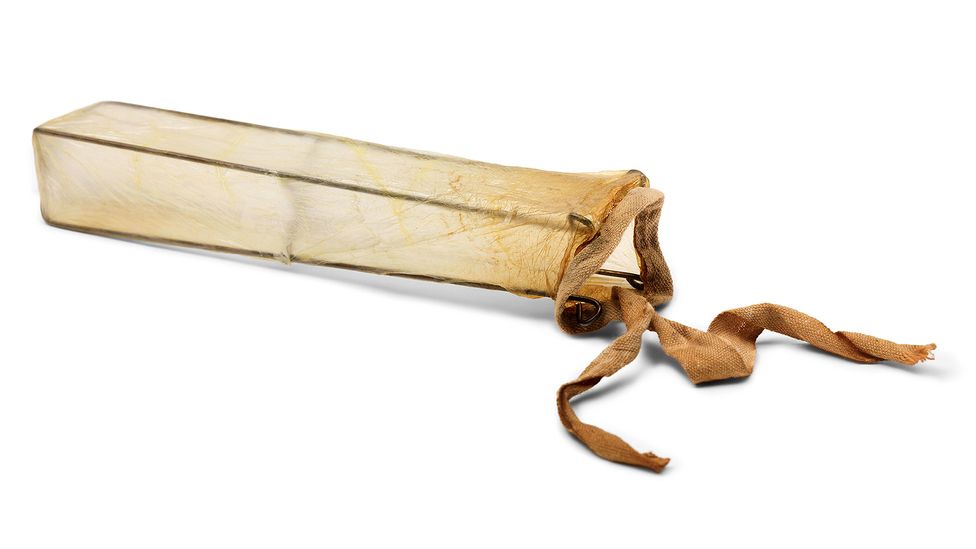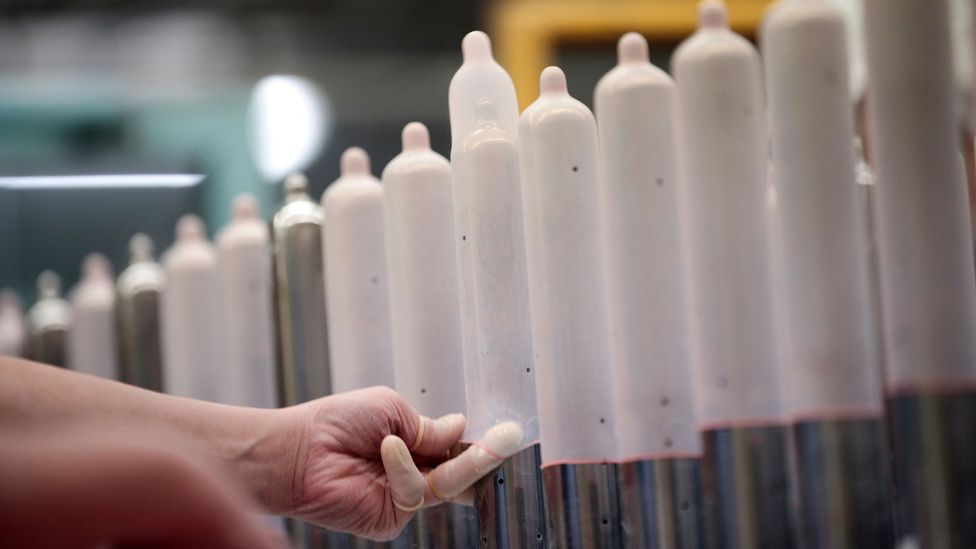He was the ruler of one of earliest, great civilisations in Europe around 5,000 years ago. But according to legend, King Minos of Crete had a problem – his semen was poisonous. Several of the king's mistresses are said to have perished after having sex with him as he ejaculated "serpents and scorpions".
While a rather unusual venereal disease, it led to what is now a familiar innovation. King Minos is the first recorded person to have used a condom.
The protective sheath was made from the bladder of a goat but helped to keep the king's partners safe during intercourse (although there is some debate about whether the device was worn by the king or his female partners).
Today, however, nearly 30 billion condoms are sold around the world each year. Since 1990, an estimated 45 million HIV infections have been prevented through the use of condoms, according to the United Nations-funded organisation UNAIDS. But more than 1 million sexually transmitted infections are still being acquired every day, according to the World Health Organization. And an estimated 80 million pregnanciesevery year are unintended.
It has led many public health experts to insist that condoms should play an even greater role in helping to prevent the spread of disease and in family planning. Modern male latex condoms offer 80% or greater protection against most sexually transmitted diseases. This figure includes the incorrect and even inconsistent use of the male condom. When used correctly, condoms can be up to 95% effective at preventing the transmission of HIV, studies have found.

















